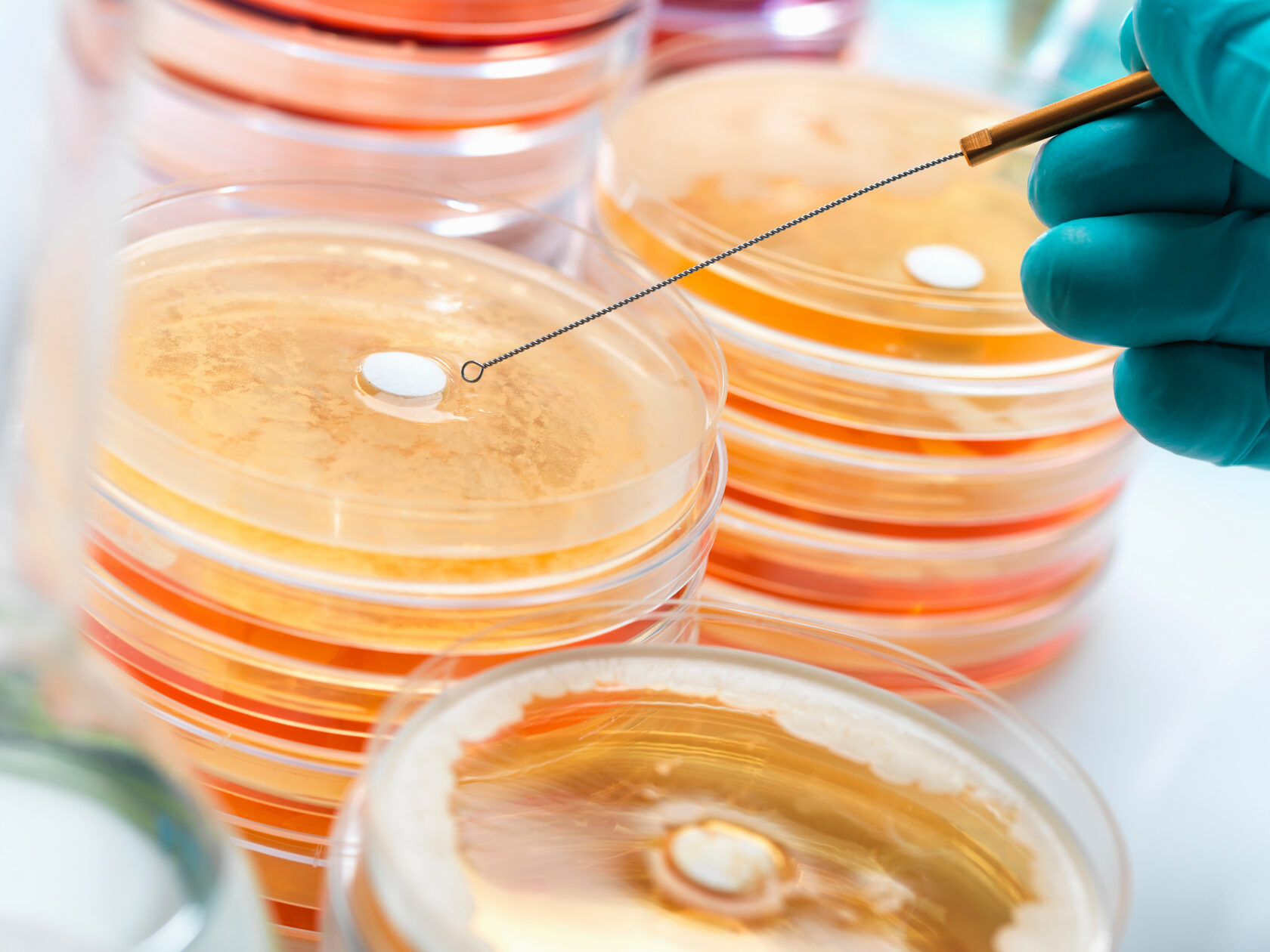All over the world, modern industrial technologies for breeding farm animals and poultry involve the widespread use of antibiotics. Moreover, they are used not only for the treatment and prevention of various infectious diseases, but also as feed additives to stimulate the growth and development of young animals. Antibiotics really reduce many risks of developing anomalies and bacterial infections in animals, as well as minimize the cost of keeping livestock. All this, of course, causes increased interest among agricultural producers and, as a result, virtually no alternative and widespread use of antibiotics.
But not everything is so simple. The constant and sometimes haphazard use of antibiotics in animal husbandry leads to a gradual decrease in the effectiveness of their effects on the animal body. At the same time, various negative processes gradually begin to develop in the body of animals — the number of beneficial intestinal microflora decreases, the characteristics of populations of beneficial bacteria change. As a result, the animal begins to get sick not even from those pathogenic strains that enter its body from the outside, but from its own "cocktail" of microflora. And such diseases are often impossible to cure definitively because of the resistance of bacteria developed as a result of taking antibiotics.
As a result, in livestock farms, even without any technological changes, the number of "starvelings" increases - animals with a noticeable lag in growth and development. Gradually pathogenic microorganisms infect the livestock weakened by antibiotics.
Antibiotics used in animal husbandry also affect a person, getting into his body together with meat, milk and eggs. In addition, organic fertilizers in the form of manure, getting into the soil, also carry with them a concentrate of antibiotics, which eventually accumulate in vegetables and other plant-growing food products.
So, how can we get rid of all these negative consequences, while keeping the livestock healthy, and livestock products nutritious, safe, environmentally friendly and useful?
The Bonaka company has been studying the effects of various bacteria on the animal body for many years. Its unique innovative developments surprise with the simplicity and safety of its effects combined with powerful therapeutic properties.
The microbiological complexes of the BONAKA company are a biomass concentrate of unique microorganisms from its own collection of strains with a confirmed probiotic effect and the effect of cleaning animal watering systems. The basis of the complexes are probiotics, living microorganisms belonging to the normal, physiologically and evolutionarily grounded microflora of the intestinal tract and positively affecting the host organism.
It has been experimentally established that the use of BONAKA-APK probiotics does not have side effects, even if the dosage is exceeded 1000 times! Replacement of feed antibiotics with probiotic complexes, as practice has shown, not only reduces the harmful effect of antibiotics on the animal body, but in some cases is able to completely replace them. At the same time, the quality indicators of the livestock become much higher.
The use of microbiological complexes "Bonaka APK" and "Bonaka APK- N" increases the effectiveness of the treatment of gastrointestinal diseases by 40%. Probiotics, contributing to the conservation of young animals, reduce losses by up to 30%. The livestock increases resistance to stresses associated with feed changes, vaccination, transportation and other adverse factors, increases resistance to diseases, which in turn leads to a reduction in the cost of treatment and sanitary measures. And by improving metabolism, you can get a significant increase in weight gain, milk yield and egg production without additional feed costs.
In addition, the replacement of feed antibiotics with probiotic complexes "Bonaka APK" and "Bonaka APK- N" can lead to a significant improvement in the sanitary and hygienic and environmental situation not only at the livestock complexes themselves, but also in the areas where they are located.
